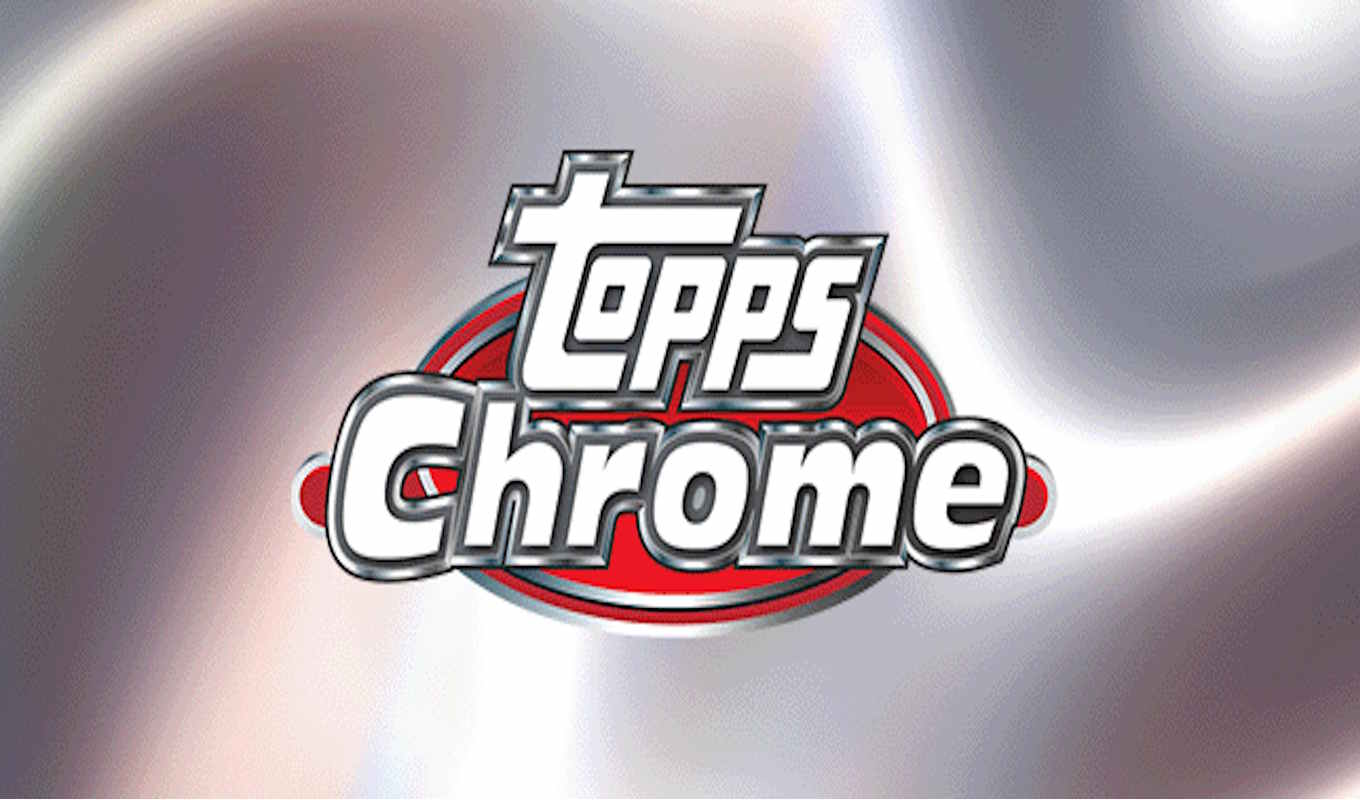

Baseball has long had a strong connection to fathers and sons. Whether we’re talking about the movie Field of Dreams or the standard father/son (and in better, more inclusive modern times, father/mother/son/daughter) rites of passage as playing catch, watching a game together, or attending one’s first big league game.
But there is also another angle to examine here, the phenomenon of fathers and sons both playing in the big leagues. From the very first example in 1903 right through the current day, fathers and sons have dotted major league and provided us with some great stories (and cards) worth examining.
Dozens of examples dot the history of the game, but today we’ll focus on a few of the most collectible.
But what father/son combos are worth the attention of card collectors? Let’s dive in and examine the very best father/son combos, those containing a Hall of Famer, this Father’s Day.
With many father/son combinations throughout the history of the game, are there any that stand out as the very best? While there are several father/son combos with a Hall of Famer, two stand out as current gold standard.
Both combos feature a father with an All-Star pedigree and a son who’s an all-time great, inner-circle Hall of Famer.
The highest career WAR for a father-son combo belongs to the Bonds family. Father Bobby was a star in his own right, but son Barry has gone down as one of the most successful and controversial players in the game’s history.
Bobby Bonds finished his career with a very respectable 57.9 WAR during his playing career (1968-1981), making three All-Star teams and winning 3 Gold Gloves.
Bonds the elder’s rookie card appears in the 1969 Topps set, card #630. With a PSA population just north of 1,400 graded copies the card continues to sell well in a PSA 8 slab in the $100-125 range. As a rookie card of a multi-time All Star with a famous son, that’s not surprising. Add in that it’s in the tough final seventh series of the 1969 Topps set, and you’ve got a winner.
Barry Bonds is baseball’s single-season and career home run leader and one of the best players ever to play the game. He’s also a player whose connection to PEDs have thus far kept him out of the Hall of Fame. Love him or loathe him, there’s no arguing Bonds impact on the diamond. During his career (1986-2007) Bonds was worth a staggering 162.8 WAR.
Bonds the junior appeared on several XRCs in 1986, including the 1986 Topps Traded and 1986 Topps Traded Tiffany cards. Despite high population counts, the 1986 Topps Traded remains popular with collectors and sell strongly in a PSA 10 slab in the $300-350 range. The much rarer Topps Tiffany sells for a much higher price, especially in top condition.
An interesting Bonds connection – Bobby Bonds was a teammate of Hall of Famer Willie Mays, who is Barry Bonds’ godfather.
Check out other Cardlines coverage of Barry Bonds:
The Best Barry Bonds Rookie Cards
How Did Donruss Get The 1987 Donruss Opening Day Barry Bonds Error Card So Wrong?
Do Barry Bonds 1987 Topps Error Cards Exist?

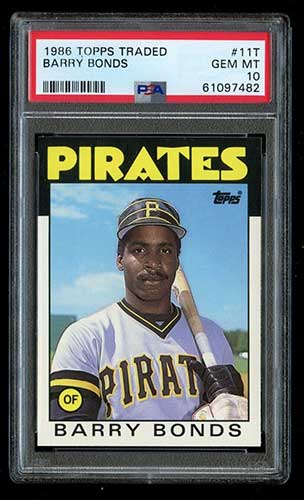
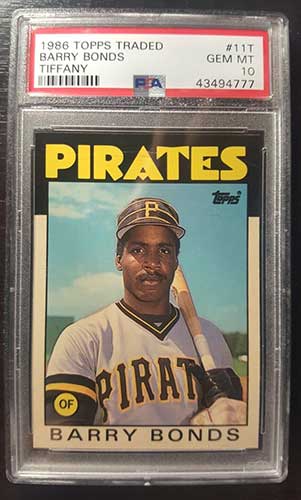
| Card | Total PSA Pop | Recent Sale Pop | Recent Sale Price |
|---|---|---|---|
| 1969 Topps Bobby Bonds #630 | 1,406 | PSA 8 = 483 | PSA 8 = $100-125 |
| 1986 Topps Traded Barry Bonds #11T | 55,196 | PSA 10 = 4,896 | PSA 10 = $300-350 |
| 1986 Topps Traded Tiffany Barry Bonds #11T | 2,605 | PSA 10 = 444 | PSA 10 = $5,600 – 8,000 |
The second most WAR by a father/son combination is from Ken Griffey Sr. and Ken Griffey Jr... While their total is dwarfed somewhat by the Bonds, the formula is the same – an All Star elder and an all-time great son.
Ken Griffey Sr. made his major league debut in 1973 and made three All-Star teams during his playing days, with his prime years coming as a member of the Big Red Machine Cincinnati Reds of the 1970’s. By the time of his debut, he already had a young son who shared his name.
While winning two World Championships with the Cincinnati Reds, and later playing for Yankees, Braves, and Reds again, the elder Griffey was worth 34.5 WAR in his career.
Ken Griffey Sr. has his rookie card on the multi-player ’74 Rookie Outfielders card, card number 598 in the 1974 Topps set.
This young foray into fatherhood and a long playing career that saw him last appear in the big leagues at age 41 allowed for something amazing to happen. When Griffey’s son made his big league debut at age 19 in 1989, they became a sensation for playing at the same time.
When the Reds released Griffey Sr. in August of 1990, he signed with the Seattle Mariners and ended up a teammate of his son, at that point a young superstar. On September 14th of that year, they hit back-to-back home runs. The two played together again in 1991.
Ken Griffey Jr. burst onto the scene at age 19, and by age 20 was an All-Star for the first of 11 straight (and 13 overall) times. He won an MVP award, 7 Silver Slugger Awards, and won 10 Gold Gloves. In his Hall of Fame career, Griffey Jr. was worth 83.8 WAR.
The younger Griffey was a sensation, and this carried over to his baseball cards. His 1989 Upper Deck rookie card is one of the most iconic cards in the hobby, and arguably THE key baseball card of the junk wax era. Despite a massive PSA population that is approaching 100,000 copies, it’s a big seller and fetches high prices in top condition.
An In-Depth Look At The Best Ken Griffey Jr. Rookie Cards
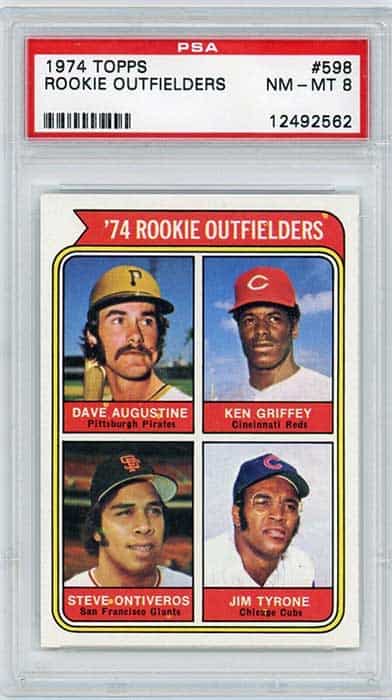

| Card | Total PSA Pop | Recent Sale Pop | Recent Sale Price |
|---|---|---|---|
| 1974 Topps Ken Griffey Sr. #598 | 1,066 | PSA 8 = 467 | PSA 8 = $35-50 |
| 1989 Upper Deck Ken Griffey Jr. #1 | 98,816 | PSA 10 = 4,079 | PSA 10 = $1,700-1,900 |
One other father/son combo has a Hall of Famer, although maybe not quite as “inner circle” as the gold standards.
Another father/son combo where the father is a member of the Hall of Fame. What the future holds for the son still remains to be seen, although he’s now in his 5th major league season.
Craig Biggio had a 20 year career in the big leagues, all with the Houston Astros. He was a 7-time All-Star, 4 Gold Gloves, and 5 Silver Sluggers. He did this while playing the premium up-the-middle positions of catcher, second base, and center field. He put up 65.4 WAR in his career.
The elder Biggio’s rookie cards are in 1988 extended/traded sets. All are from the junk wax era, but the best of the lot are probably the 1988 Score Rookies & Traded, and the harder to find Glossy edition.
Cavin Biggio, on the same Toronto Blue Jays squad as several other second-generation major leaguers, broke into the big leagues in 2019 and put up two impressive seasons. Since then, he has struggled to recapture that magic.
The younger Biggio’s First Bowman Card is the 2016 Bowman Draft Chrome (as well as the paper version). While on the affordable side, even in a PSA 10 slab, the jury is still out on Cavan’s major league future, so they’re maybe not the best investment.
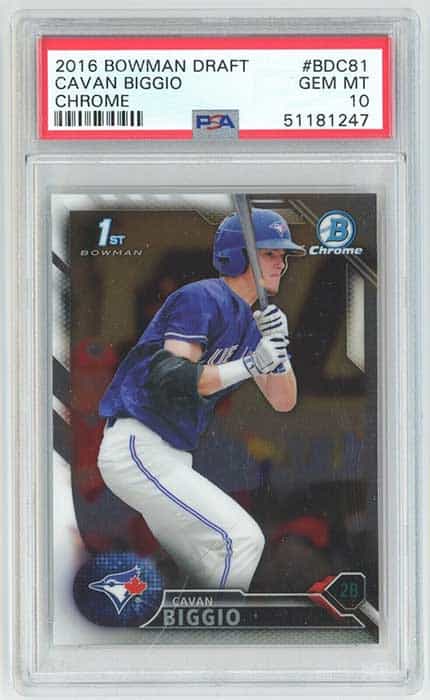


| Card | Total PSA Pop | Recent Sale Pop | Recent Sale Price |
|---|---|---|---|
| 1988 Score Rookies & Traded Craig Biggio #103T | 4,117 | PSA 10 = 1,244 | PSA 10 = $45-55 |
| 1988 Score Rookies & Traded Glossy Craig Biggio #103T | 471 | PSA 10 = 96 | PSA 10 = $450 |
| 2016 Bowman Draft Chrome Cavan Biggio #BDC-81 | 80 | PSA 10 = 21 | PSA 10 = $15-40 |
If you were to ask me today which father/son combo will be the first to both be elected to the Hall of Fame, my bet is on the Guerrero boys. It’s early yet and time will tell, but Sr. is already inducted, and Jr. is off to a great start.
Vladimir Guerrero Sr. was a 9-time All Star who won 8 Silver Slugger awards and an MVP award during his playing career. He was elected to the Hall of Fame in only his second year of eligibility on the strength of his 59.5 WAR accumulated over 16 seasons.
Vlad Senior’s rookie cards appear in 1995, with the 1995 Bowman and 1995 Bowman’s Best leading the way. Despite similar PSA population counts, the Bowman’s Best sells for significantly more.
Vladimir Guerrero Jr. is still only 24, but is already a 2-time All Star who has one Silver Slugger and one Gold Glove Award. With 14.5 WAR already in his young career, he’s off to a great start.
Vlad Junior’s rookie cards were released in 2019. While he appeared on many cards that year, one of the more interesting base cards is the 2019 Topps Chrome, which still can be had for around $50 in PSA 10.
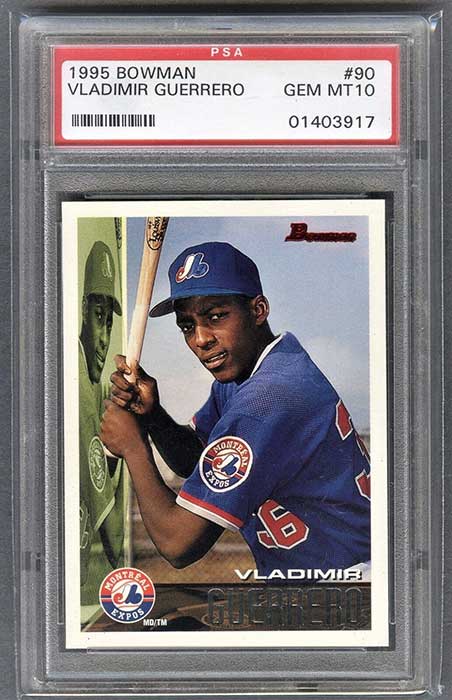
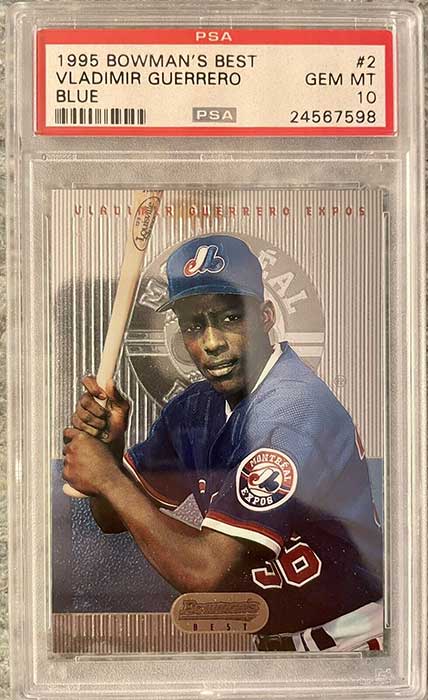
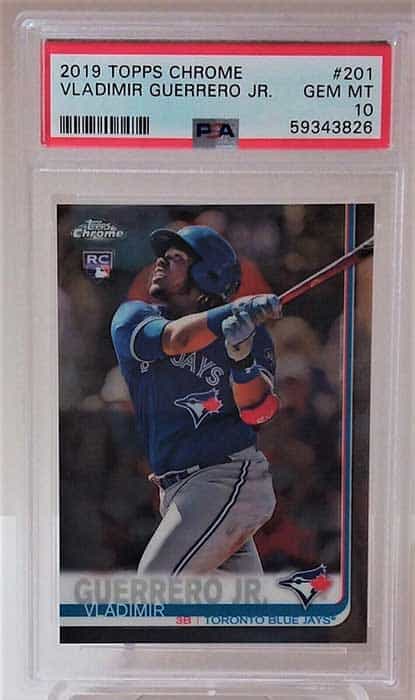
| Card | Total PSA Pop | Recent Sale Pop | Recent Sale Price |
|---|---|---|---|
| 1995 Bowman Vladimir Guerrero #90 | 5,728 | PSA 10 = 733 | PSA 10 = $115-200 |
| 1995 Bowman’s Best Vladimir Guerrero #2 | 5,817 | PSA 10 = 394 | PSA 10 = $500 |
| 2019 Topps Chrome Vladimir Guerrero Jr. #201 | 10,312 | PSA 10 = 8,061 | PSA 10 = $45-50 |
What’s better than a father/son combo? A father/son trio. FatherSandy Alomar Sr. had two sons who had extended major league careers, including one who became a Hall of Famer.

Sandy Alomar Sr. played parts of 15 major league seasons for six teams in the 1960’s and 1970’s. While his 245/.290/.288 line doesn’t suggest an offensive threat, he did make one All Star team and stole 227 bases. During that era, those numbers were acceptable for a glove first second baseman. During his career, he put up 10.5 WAR in his career.
Alomar Sr.’s rookie card is found in 1965 Topps, on the “Braves Rookie Stars” card he shares with John Braun. The card has a fairly low PSA population and there are only 7 PSA 10’s. A PSA 8 example recently sold for $40.
Sandy Alomar Jr. was a catcher whose major league career spanned parts of 20 seasons. He burst onto the scene in 1990 when he hit .290/.326/.418 and was an All Star, Gold Glove winner, and the NL Rookie of the Year. Alomar would make five more All Star teams and end his career with a .273/.309/.406 batting line and 13.7 career WAR.
Alomar Jr.’s rookie cards appear in 1989 products. His 1989 Topps rookie card sells for a very reasonable $15-30 in a PSA 10 slab. Note there is two variations of the card.
Younger brother Roberto Alomar played 17 seasons in the big leagues and won 10 Gold Glove awards at second base. He hit .300/.371/.443 during his career, and tallied 474 stolen bases. He was worth 67 career WAR and was elected to the Hall of Fame in 2011.
Roberto Alomar’s rookie cards appear in 1988 products, with the best likely being the 1988 Score Rookie & Traded card. A high population (it was the peak of the junk wax era) keeps the card’s price in check, even in a PSA 10 slab.
| Card | Total PSA Pop | Recent Sale Pop | Recent Sale Price |
|---|---|---|---|
| 1965 Topps Braves Rookie Stars (Santos Alomar / John Braun) #82 | 335 | PSA 8 = 142 | PSA 8 = $35-40 |
| 1989 Topps Sandy Alomar #648 | 190 | PSA 10 = 66 | PSA 10 = $15-30 |
| 1988 Score Rookie & Traded Roberto Alomar #105T | 4,492 | PSA 10 = 987 | PSA 10 = $25-45 |
This Father’s Day, it’s well worth reconsidering the rookie cards of multigenerational Major League families, especially those that include a member of baseball’s Hall of Fame.
Baseball and fathers and sons have a long history and strong nostalgic pull at the heartstrings. What better way to celebrate dad’s big day than picking up some of these cards.
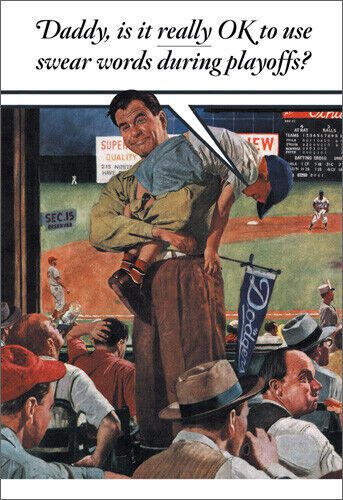
what was Panini doing? 🙄
I compared sports card prices from the big sellers to save YOU money
Is GameStop buying PSA? (the truth!)
I ripped an entire case of Phoenix Football (BIG win or MASSIVE loss?)
Make an extra 30% PROFIT on eBay with this sports card hack
What's your biggest trading card regret? This is a safe space. 🤣
I used ChatGPT to invest in sports cards (and make this thumbnail lol)
Easy hack for buying Tyrese Haliburton rookies at a DISCOUNT.

BCW Thick Card Toploaders 197 Pt. 10 per pack
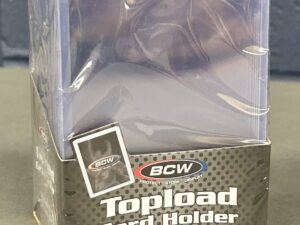
BCW Thick Card 59 Pt. Toploaders. 25 per pack

BCW 20 Pt. Toploaders. 25 per pack
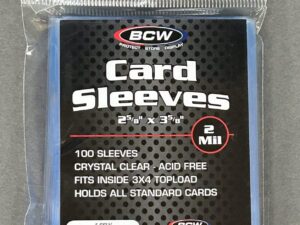
BCW Standard Card Sleeves. 100 per pack
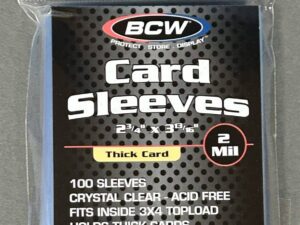
BCW Thick Card Sleeves. 100 per pack

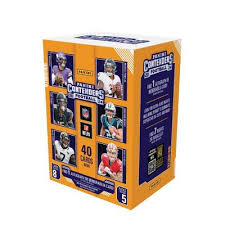
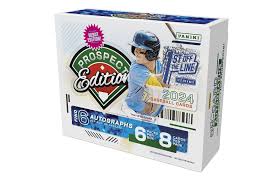
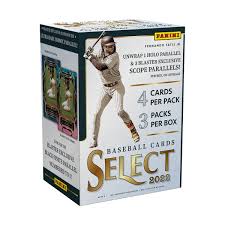
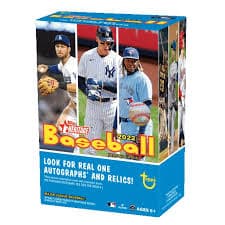
2022 Topps Heritage Baseball Blaster Box Configuration: 7 Packs per Box – 9 Cards per Box. Plus 1 extra pack.
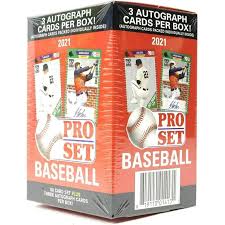
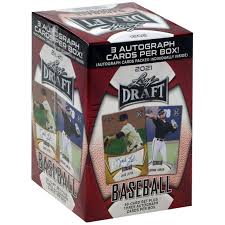
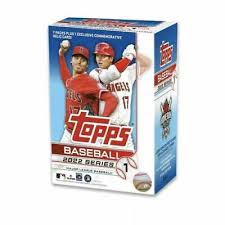
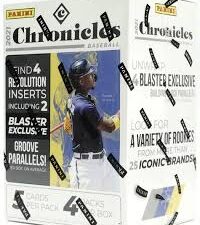
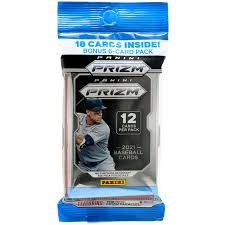
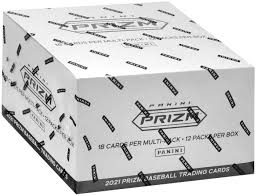

© Copyright 2025 - All rights reserved Cardlines.com / Media Techs LLC - Sports Card News, Reviews, Releases and BREAKS - #thehobby.
Important: When you click on links to various merchants on this site and make a purchase, this can result in this site earning a commission. Affiliate programs and affiliations include, but are not limited to, the eBay Partner Network.
The SAD story of Collectable. What went wrong? (The Downfall Fractional Sports Card Investing)
Cardlines June 18, 2025 3:00 pm